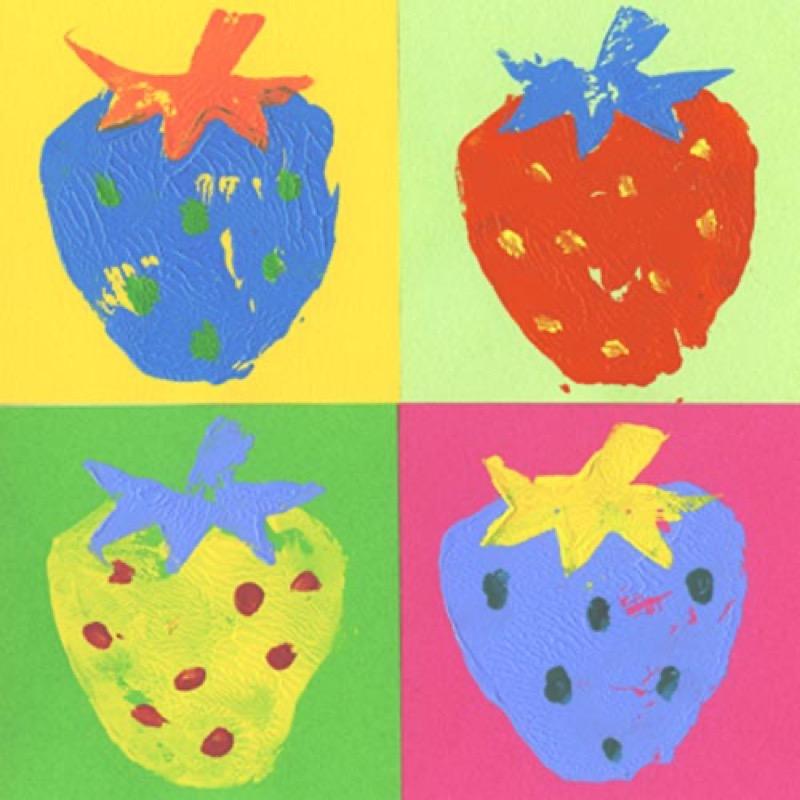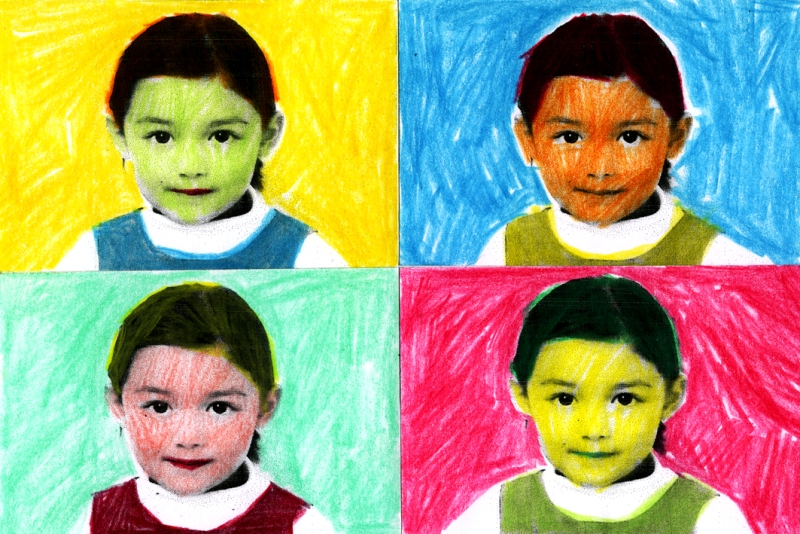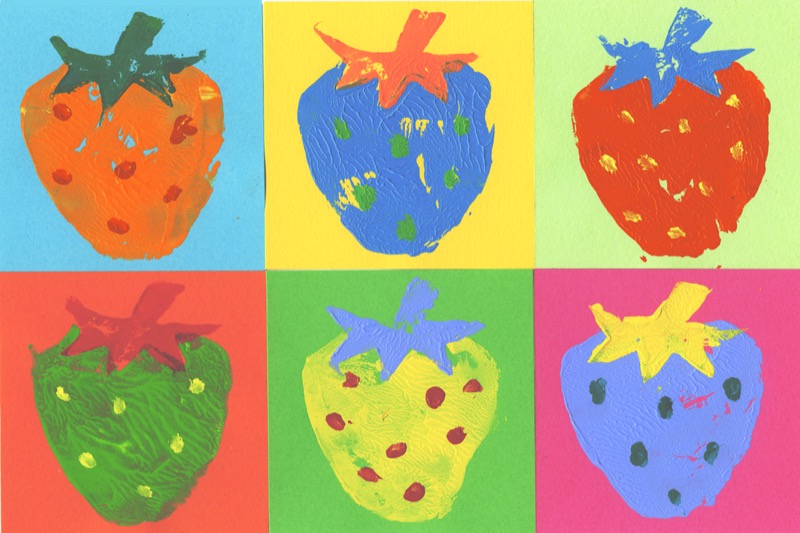Context and analysis of works
Context:
When Andy Warhol moved to New York in the early 1950s, the artistic movement of the time was called "abstract expressionism" the most prominent names in which were artists like Jackson Pollock, Franz Kline and Mark Rothko.
Considered too elitist by Andy Warhol and his peers, the movement was flatly rejected in favour of "pop art" (short for "popular art"), newly arrived from Great Britain. During the 1960s, this became the only possible path for them to take.
Attracted and fascinated since childhood by all the images he saw, Warhol worked for advertising agencies and his original designs, using blurred lines or stamps and stencils, were quickly noticed.
In 1964, he created "The Factory", an art studio that was a space for creation, exhibitions, making and projecting film, where Andy Warhol also organised concerts and was on occasion even transformed into a nightclub! A true underground "place to be" that welcomed the entire New York jet set...
Analysis of works :
1. In terms of form
Famous worldwide, Warhol's works are portraits or representations of coloured consumer objects.
2. In terms of technique
Warhol's technique? Screen-print photography, based on the principle of using famous advertising photos or images and transposing them to canvas on a coloured background and duplicating it in several copies. This is the stereotype of pop art.
3. In terms of significance
Often regarded as the "Pope of Pop Art", Warhol asked questions in his works about consumer society in a cynical and also provocative manner. Art has become consumable, ephemeral and reproducible, which completely contradicts the unique nature of classical works of art.
Throughout his career, Andy Warhol focused on his three favourite themes:
a. Consumer objects
Campbell's soup cans, Brillo boxes, Coca-Cola bottles... Warhol chose everyday objects to turn them into true icons, which did not fail to disconcert the art world.
b. Celebrities
Photos of film stars were always found in all media of the day. Warhol turned this into a portrait, such as that of Marilyn Monroe or Jackie Kennedy.
c. Death
Is it because his father died when he was a teenager that Andy Warhol had this unusual relationship with death? Or because he escaped an assassination attempt in 1968? It's difficult to say, but throughout his career, he depicted dramatic events. Even his famous portraits sometimes look like posthumous homages, such as those of Marilyn Monroe done after her suicide or those of Liz Taylor, created when she was very sick.
4. In terms of use
Before Warhol, art was reserved primarily for the enlightened and the highest social classes. But for him - as for all pop art followers - art should be accessible to the largest number and everyone is an artist who doesn't know it.



